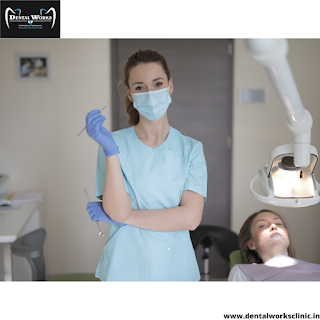Understanding Orthodontic Treatment Issues In 2023
As dentistry continues to evolve, it is essential to consider the new trends, issues, and solutions that may arise in the field. Patient compliance is a significant challenge for orthodontists, as patients may need help to adhere to oral hygiene regimens, aligners, or braces or to attend appointments.
Patient compliance can improve treatment progress and result in sub-optimal results. Orthodontists are introducing innovative strategies to address this issue, including patient education programs, reminder systems, and interactive mobile applications.
Another issue that has been a source of concern for patients is the length of treatment duration. Traditionally, braces require a long period to achieve the desired results. However, recent technological advances have significantly reduced the course of orthodontic treatment.
Micro-osteoporosis, photobiomodulation, and other techniques have been used to speed up tooth movement and shorten treatment time.
Invisalign Vs. Traditional Braces: What’s The Difference?
When it comes to getting a straighter, healthier smile, a few things set Invisalign apart from traditional braces; both treatments aim to correct dental misalignments. However, there are some key differences critical tween them.
Invisalign treatment and traditional braces differ in terms of the treatment process. Traditional braces typically require regular adjustments and tightening by best invisalign dentist. On the other hand, Invisalign treatment involves using a set of aligners that are worn for approximately two weeks before replacing them with the next in the series. Furthermore, traditional braces may require a longer duration of treatment, ranging from eighteen months to several years. Invisalign treatment, however, typically when twelve and eighteen months, although the time may vary depending on individual needs.
One of the most important factors to consider when selecting a treatment for orthodontic purposes is comfort. Traditional orthodontic braces can be uncomfortable and irritating due to the wires and brackets that are attached to them. These elements can sometimes cause mouth sores and make it challenging to maintain proper oral hygiene. Fortunately, advances in traditional orthodontic devices, including self-ligating orthodontics, have resolved some of these issues.
One notable benefit of Invisalign aligners is the freedom to eat various foods. As the aligners are removable, there are no specific dietary restrictions. You can continue to enjoy your favourite foods without worrying about damaging your orthodontic appliance.
On the other hand, traditional braces necessitate caution when consuming certain foods. The wires and brackets of traditional braces can be damaged by hard, sticky or chewy foods, leading to setbacks during treatment. As a result, traditional braces require dietary restrictions to protect the appliances and ensure the continued progress of the treatment.
Cost is a significant factor in the selection of orthodontics treatment. Traditional braces are typically more cost-effective than Invisalign braces. The difference in cost is mainly due to the materials used, the treatment process, and the complexity of the individual case. However, consulting with orthodontists to determine the exact cost based on your unique dental needs is essential. To make orthodontic treatments more accessible and affordable, many orthodontics practices offer flexible payment and financing options.


Comments
Post a Comment